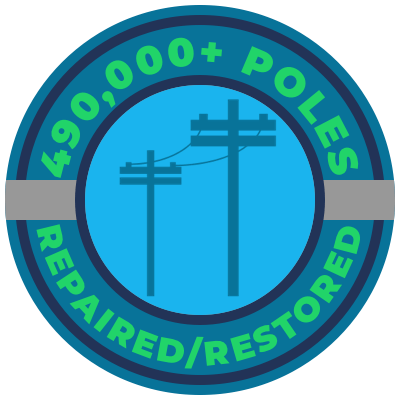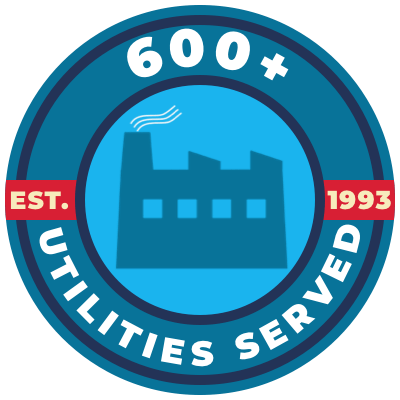Underground utilities - a guide for code and standards
The installation and repair of underground utilities involve several regulatory codes and guidelines, to which homeowners, builders, contractors and others must adhere.
Underground utility guidelines include standard practices for the installation of optical fiber systems, power lines, sewer lines and more. The guidelines address safety and access rights, and the continued maintenance of the facility once it has been installed. Before undertaking a repair job or a new installation, the relevant contractors should bear the following points in mind.
Protection and establishing of the installing area
Whether you are installing ducts, powerlines, fiber or sewer lines, the installation site constitutes a public risk for as long as the job is incomplete. You must protect and mark the installation area clear for the safety of your workers and passersby. The area also needs to be protected while the work is in progress. The construction zone will include open trenches, noise, and hazards such as dangerous equipment and/or harmful materials. The public must be made aware of the possible hazards and it is necessary to cordon the installation area off to prevent any possible accidents.
Inspections and permits
Building codes in all states and cities require that permits be acquired for each new installation, and that utilities are regularly inspected afterwards. Permits must be obtained for the following utilities:
- Drainage, waste and vent
- Plumbing fixtures
- Water piping
- Gas piping
- Storm water systems
- Sumps, flammable waste or grease interceptors
- Medical gas system
- Water conditioning
- RPZ install, re-build, or replacement
- Drinking fountains
- Chemical waste and vents
Permits must contain detailed descriptions of the work being done, as well as the exact location of the project.
Laying the pipe
When the time comes to lay the pipe, there are certain standards that must be complied with. For example, there are strict codes as to how deep pipes and cables must be buried. These guidelines depend on the location of the installation, as well as several other factors. For example, if a liquids pipeline runs under a railway track, it must be at least four feet down. If it runs under a drainage ditch, it can be shallower. A pipeline buried under grass or soil must be deeper than one that runs under concrete. The exact specifics of a project will determine which guidelines are applicable.
GRA Services supplies several innovative solutions to the utilities industry, including
PE Fusion - our specially formulated acrylic glue for HDPE pipelines, and
SecureSet, a pole setting foam for utility poles.
Contact us for more information on our products, as well as help with underground utility repairs and installations.



